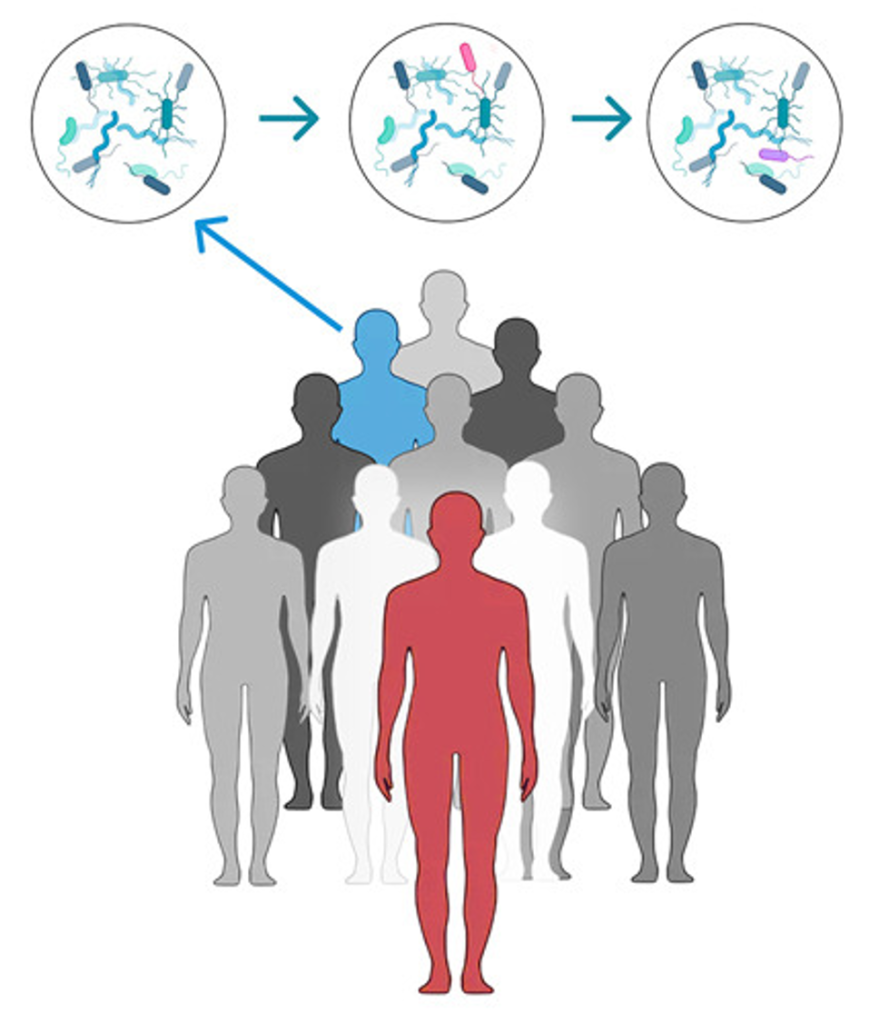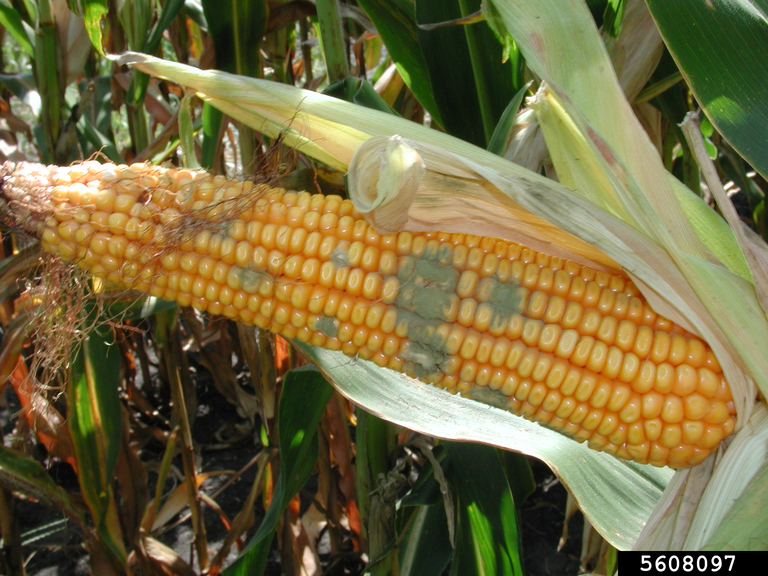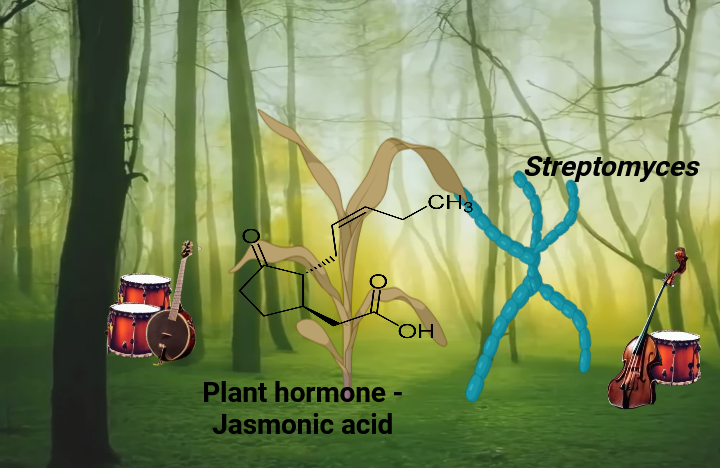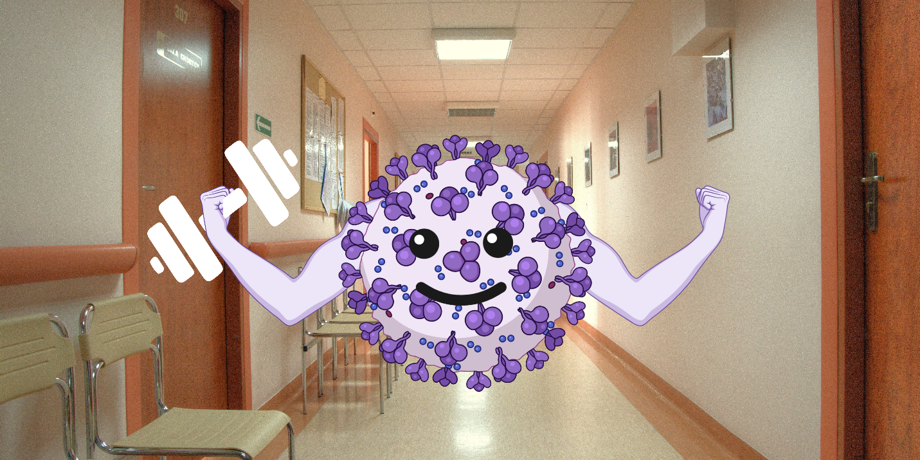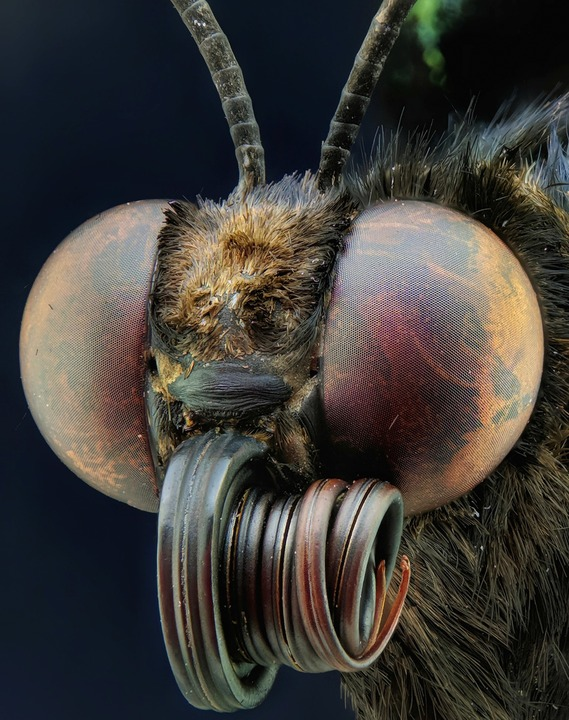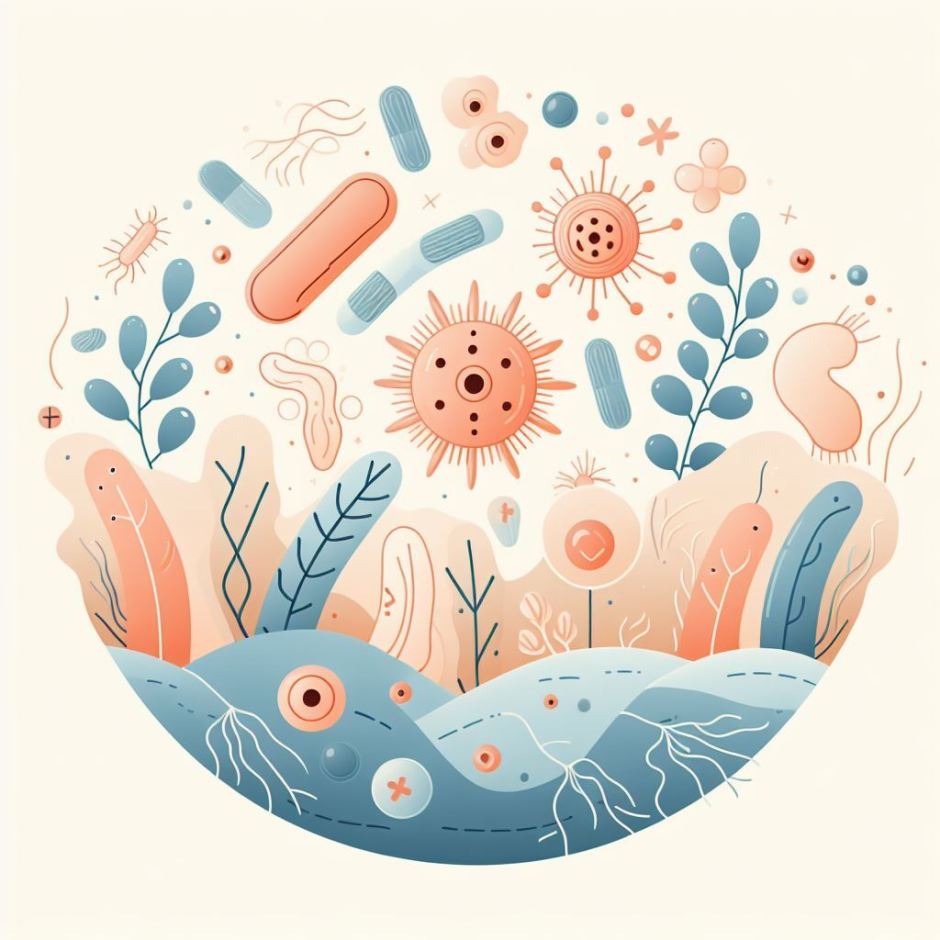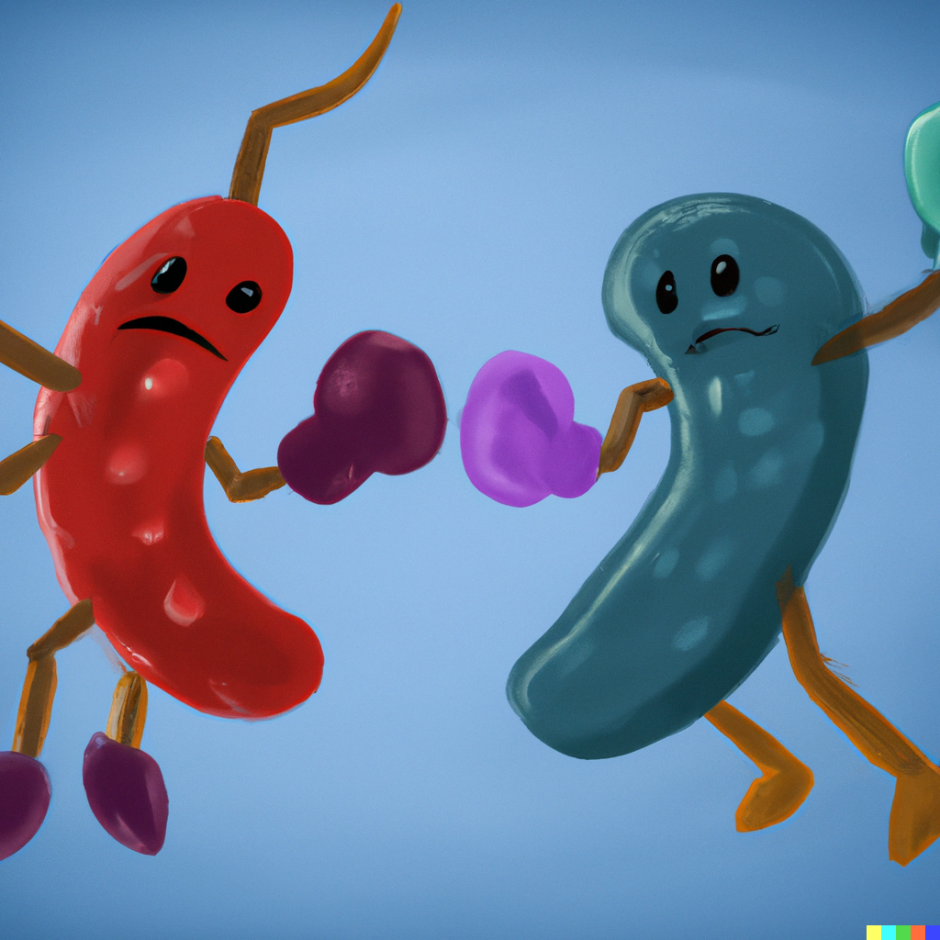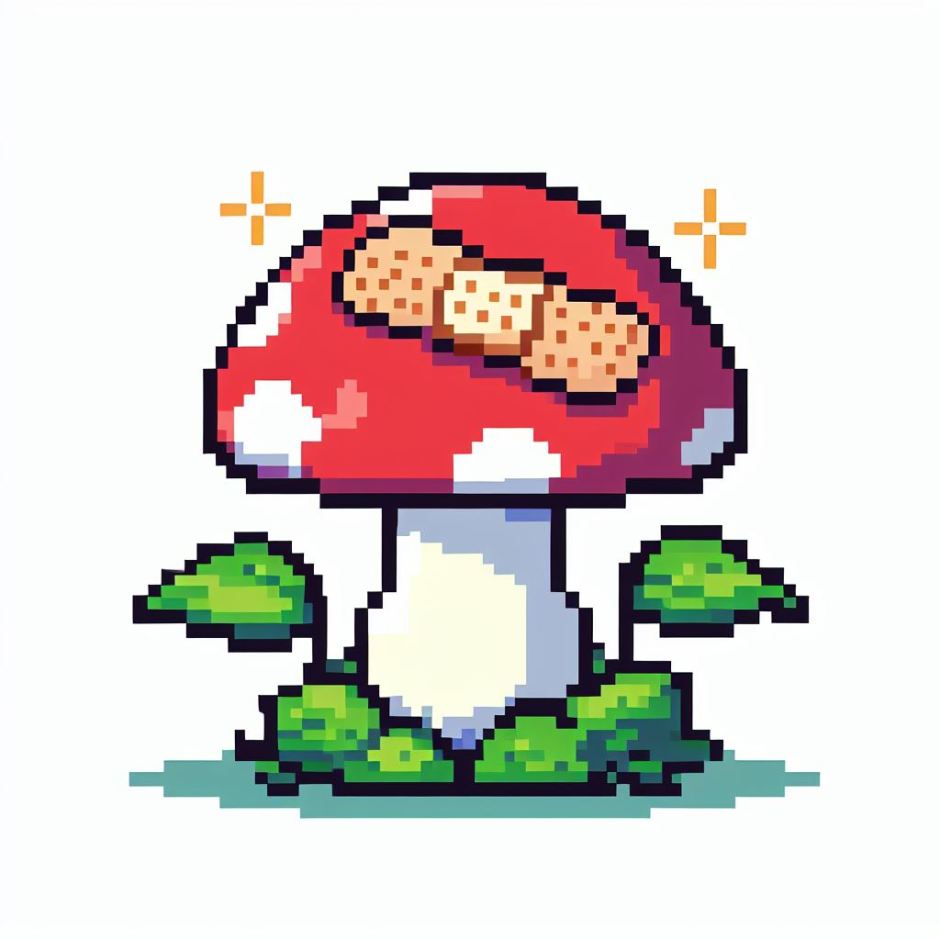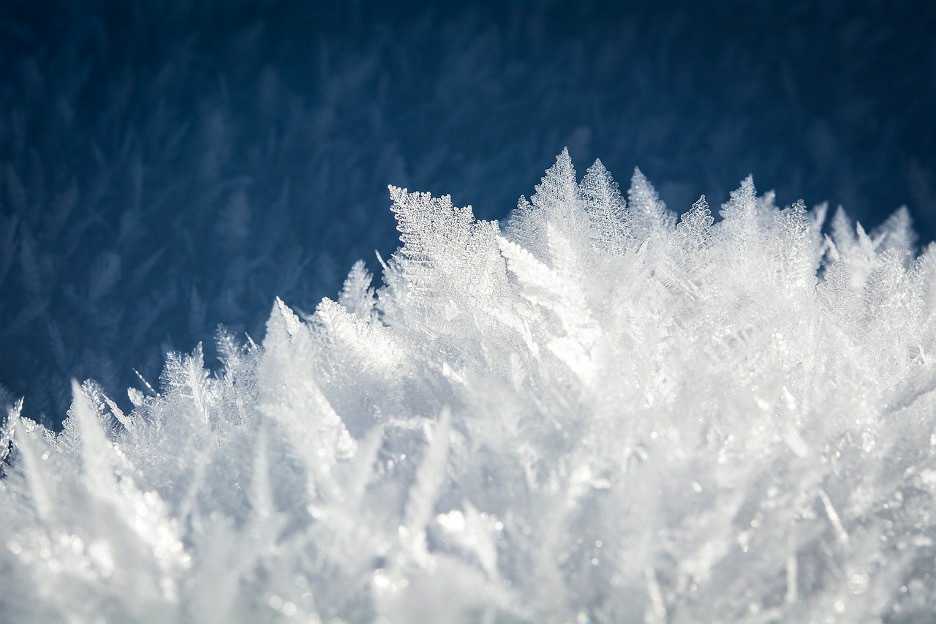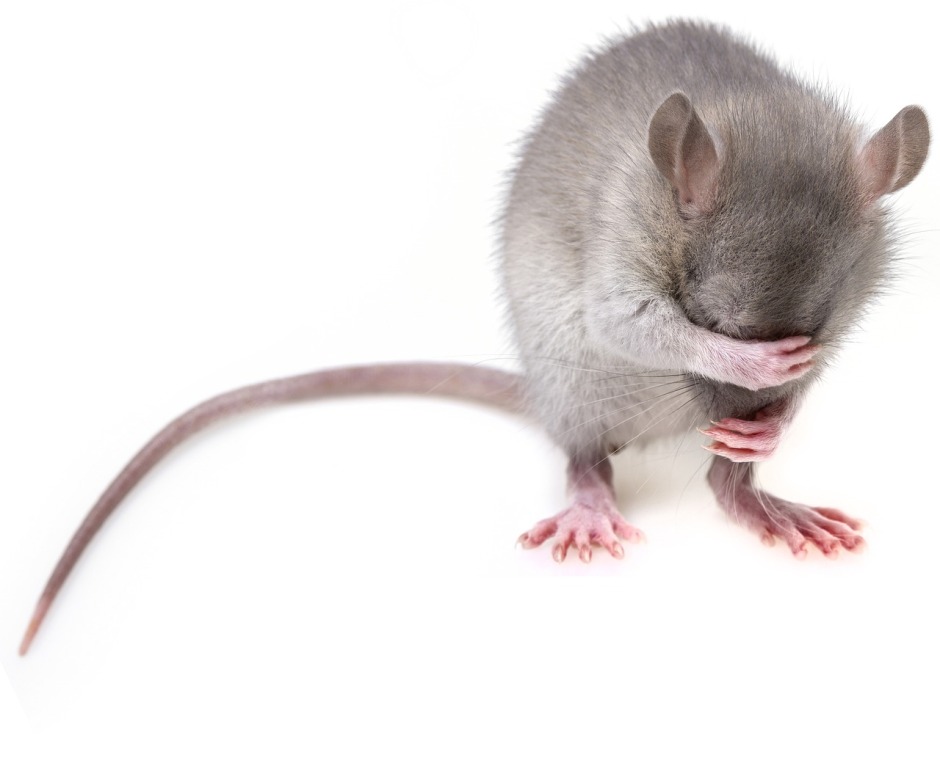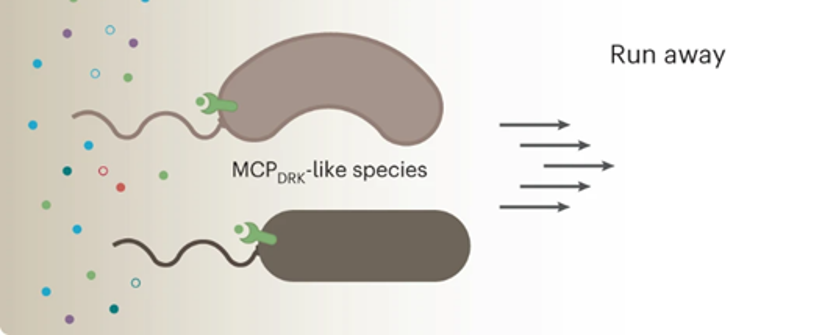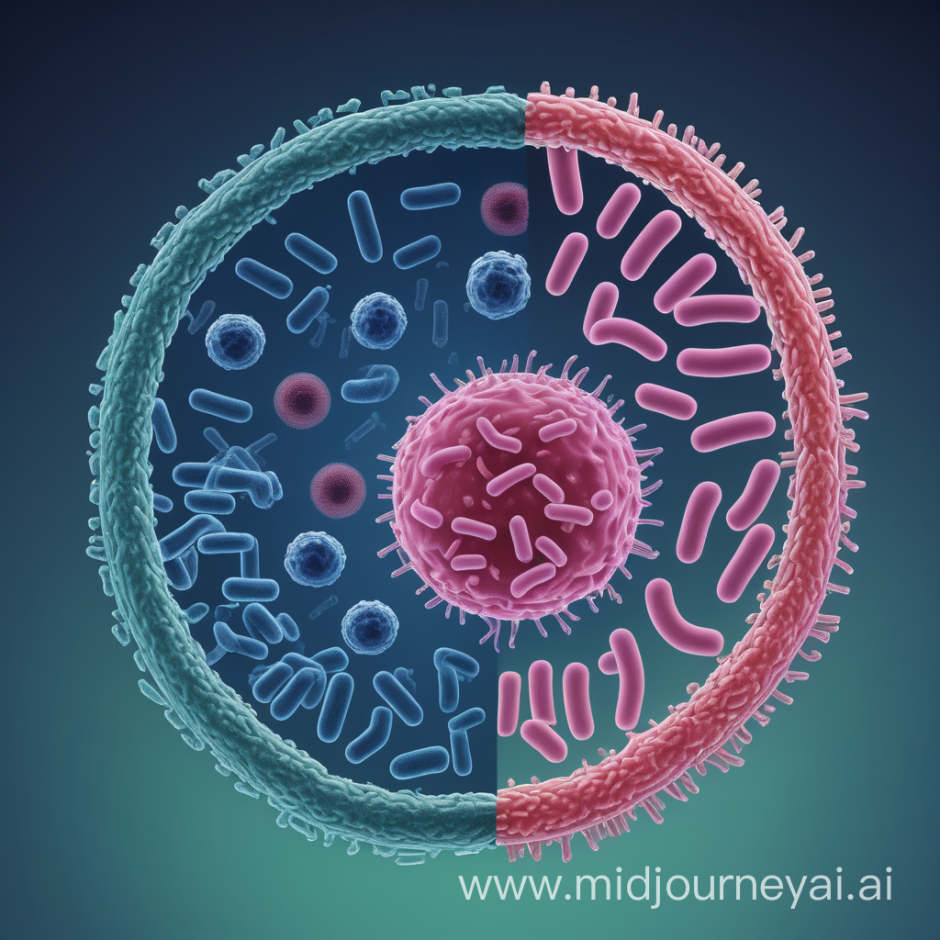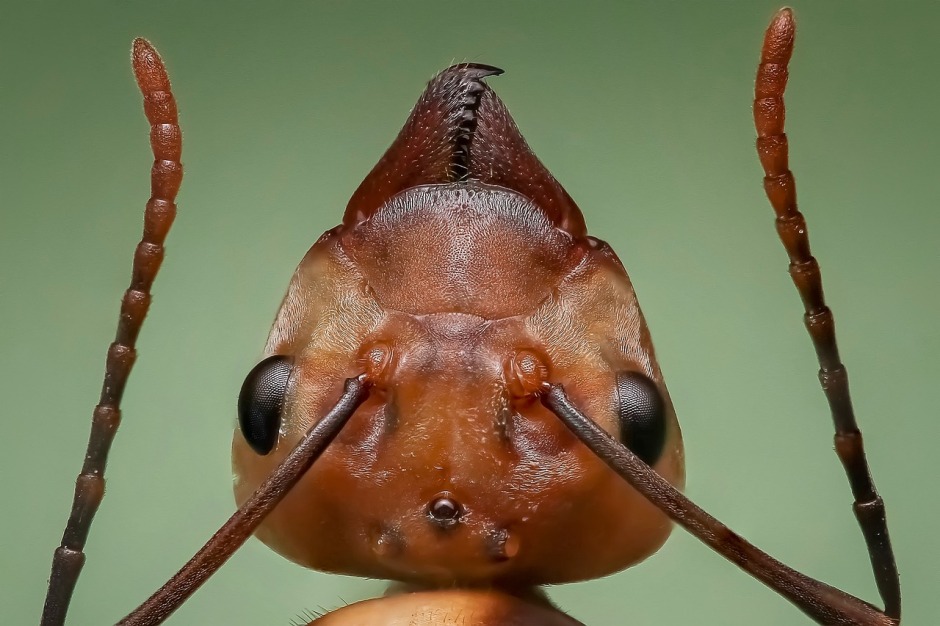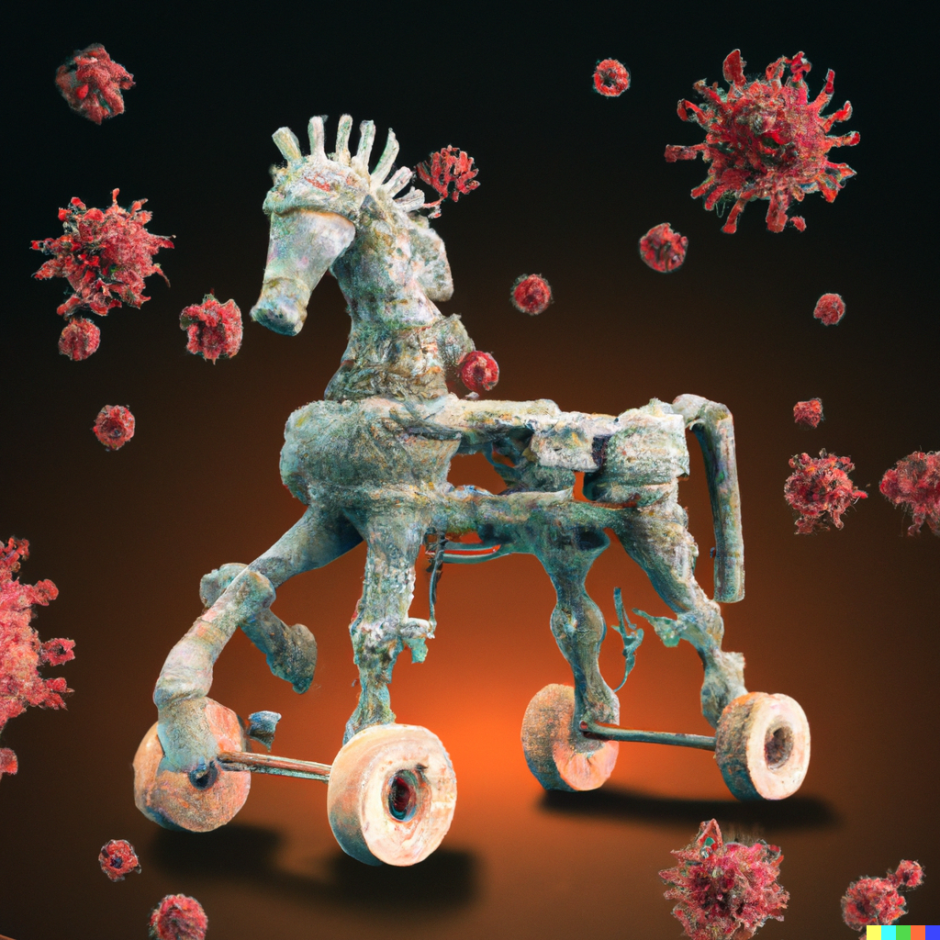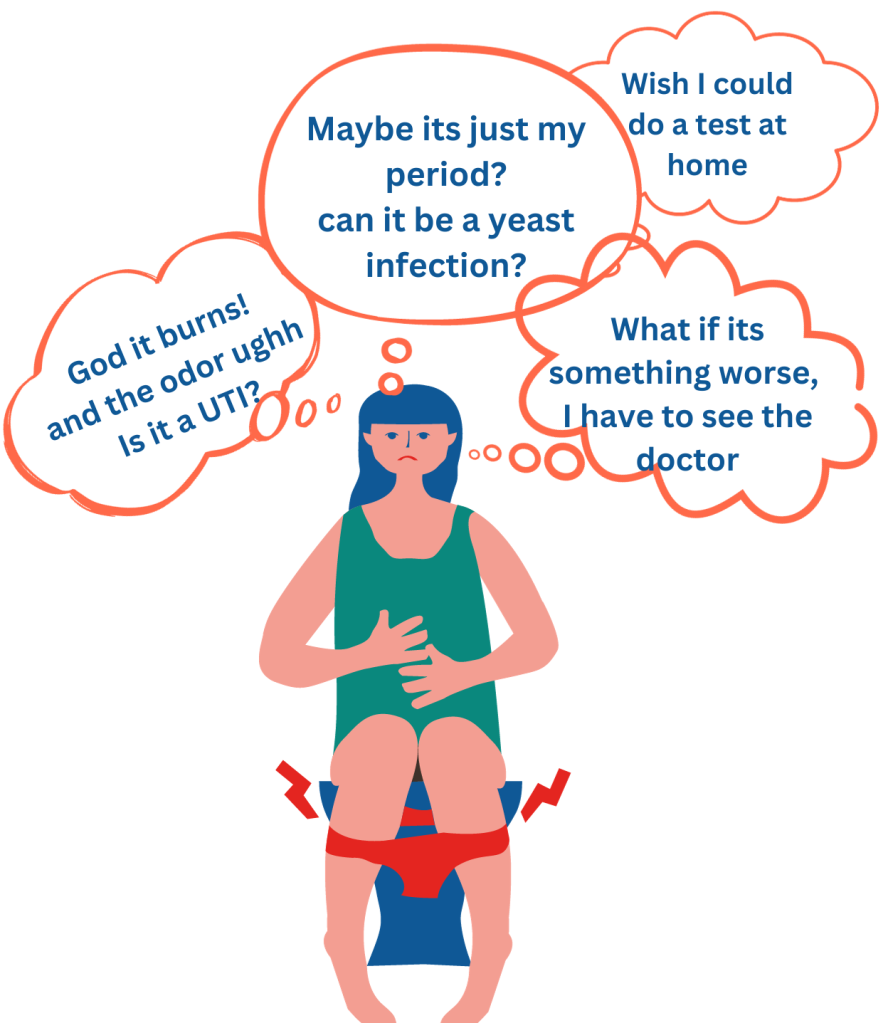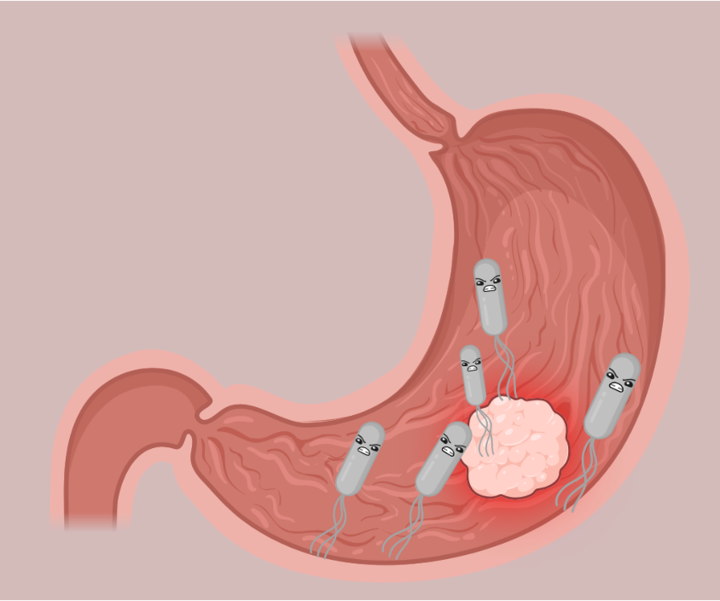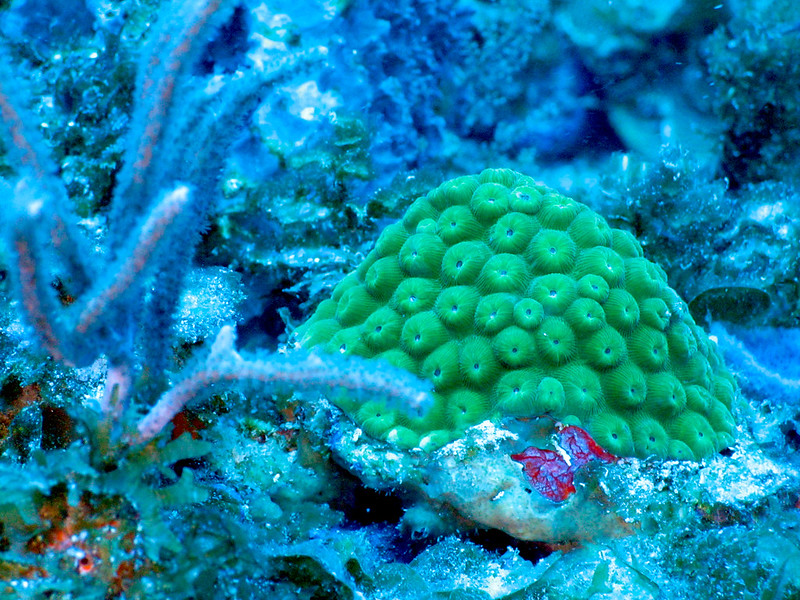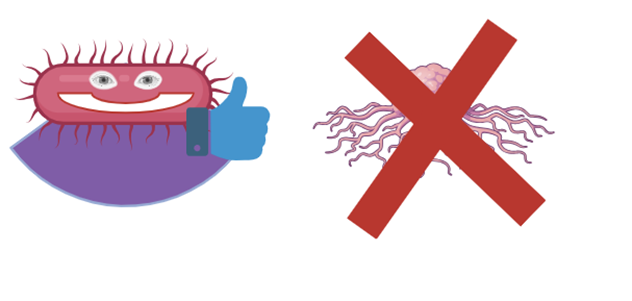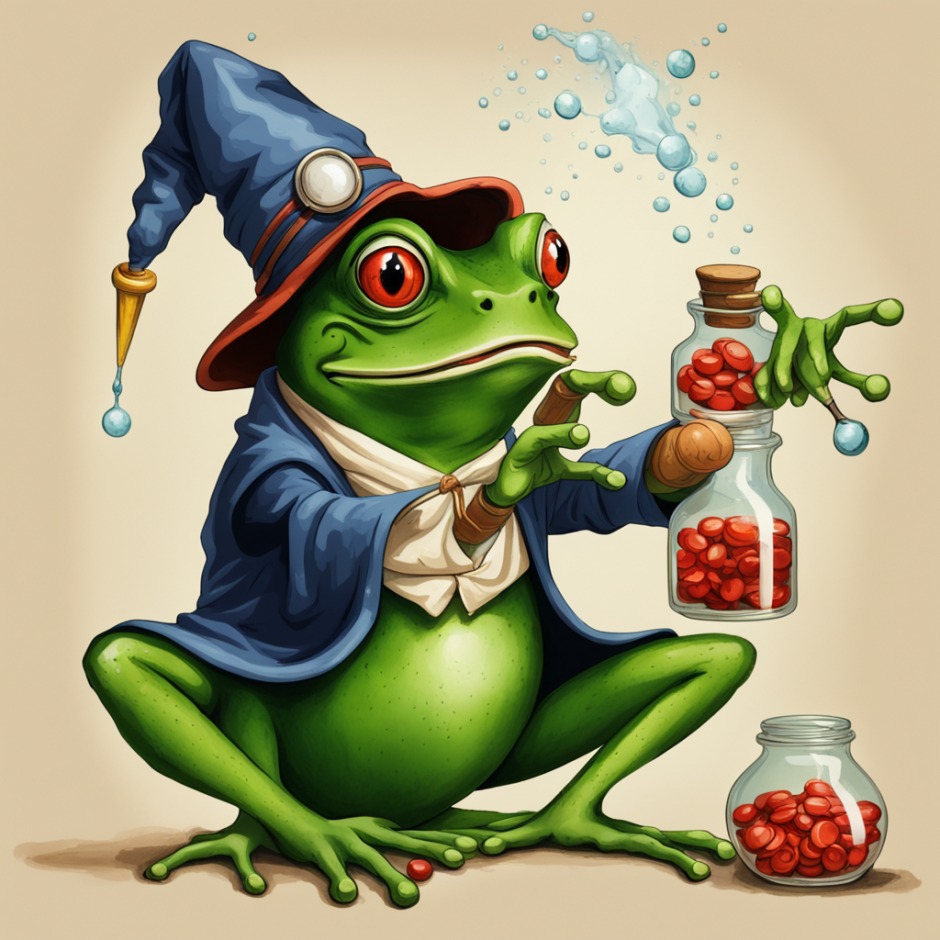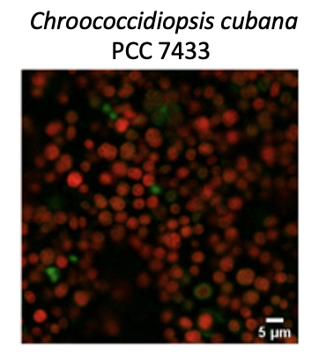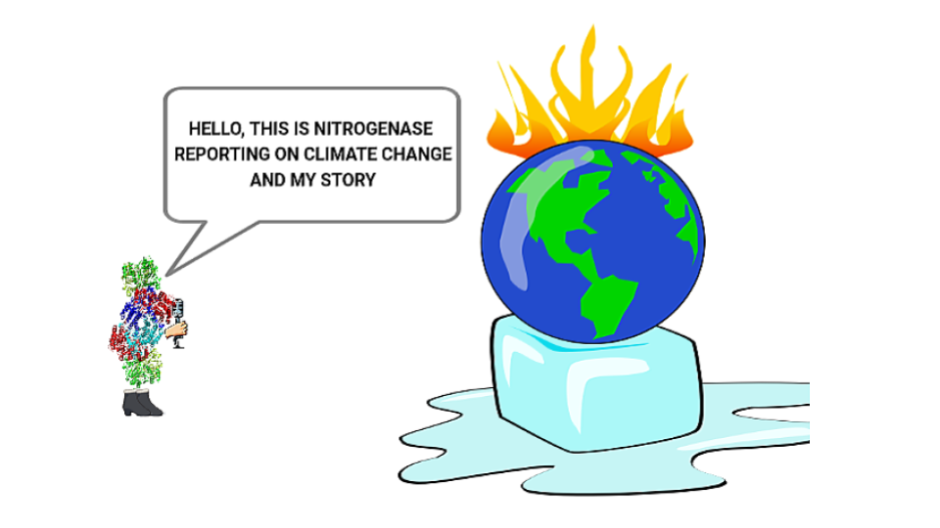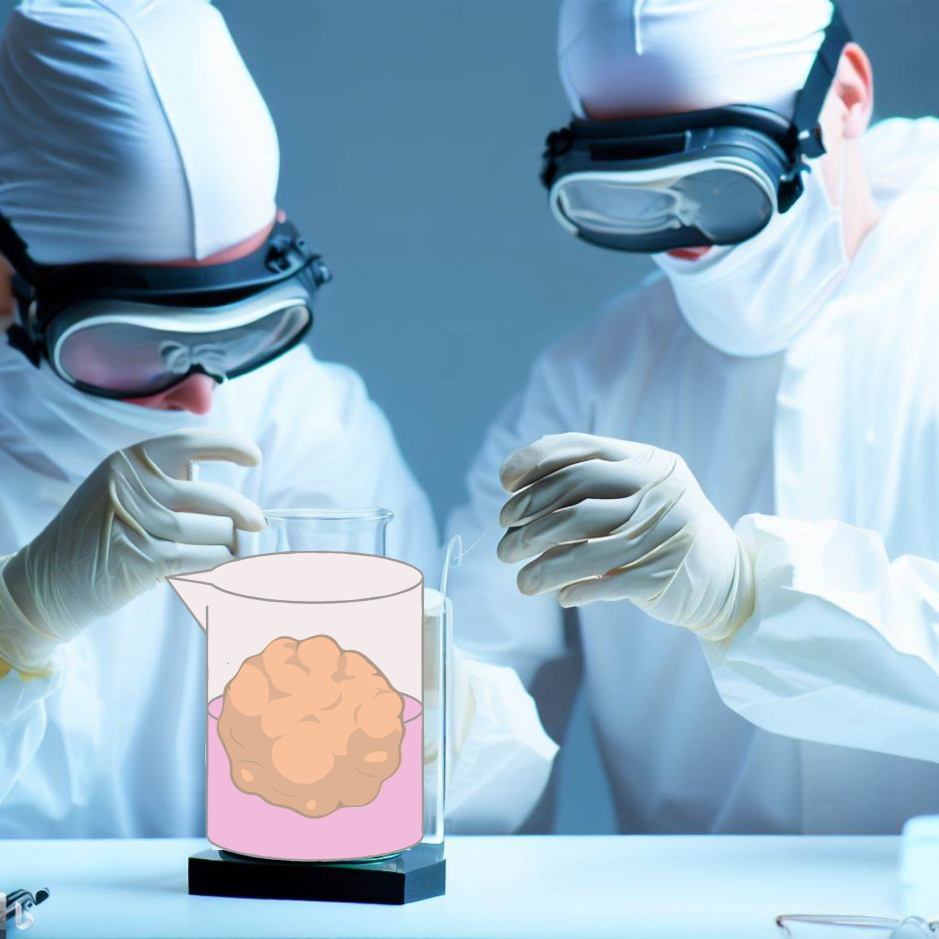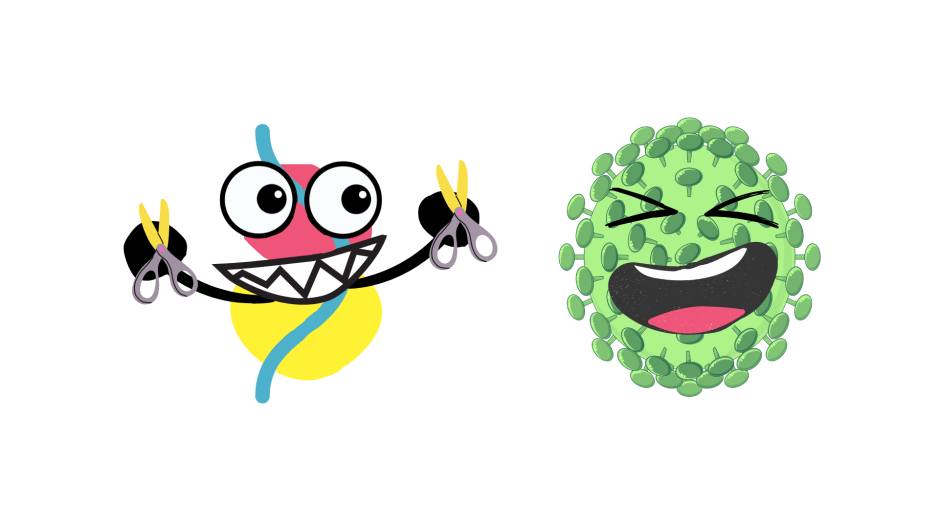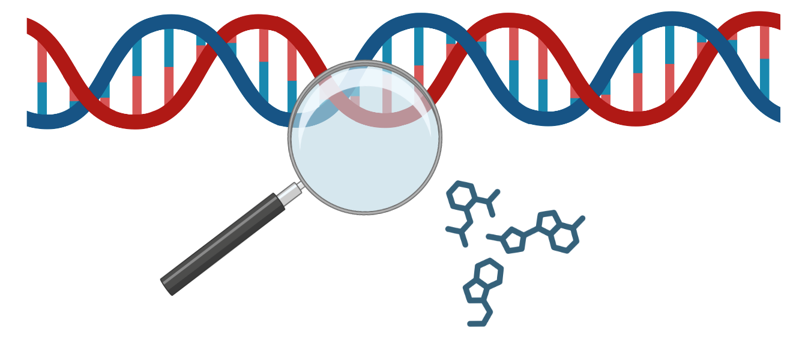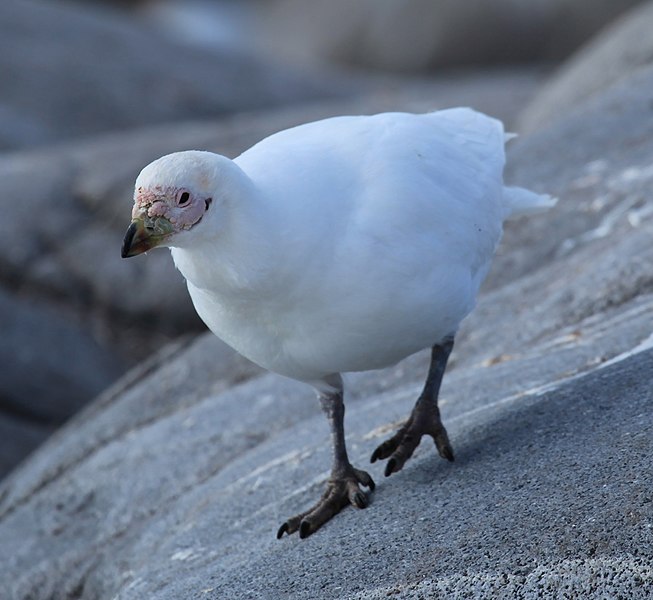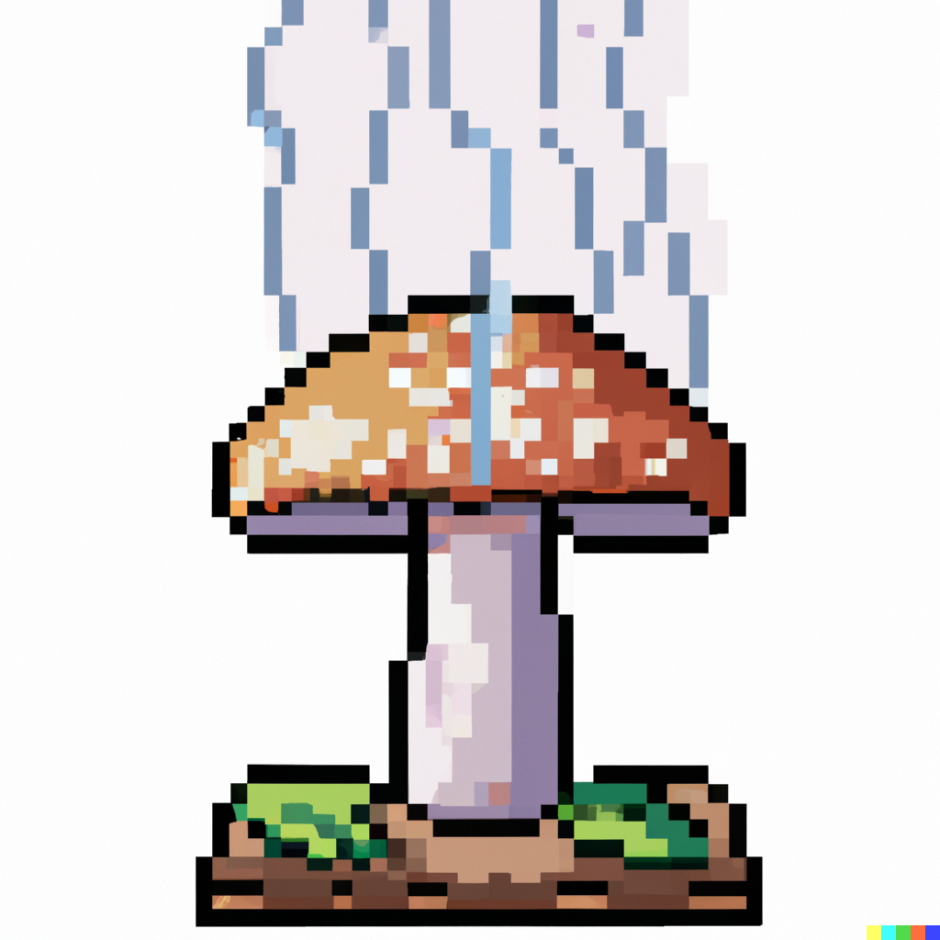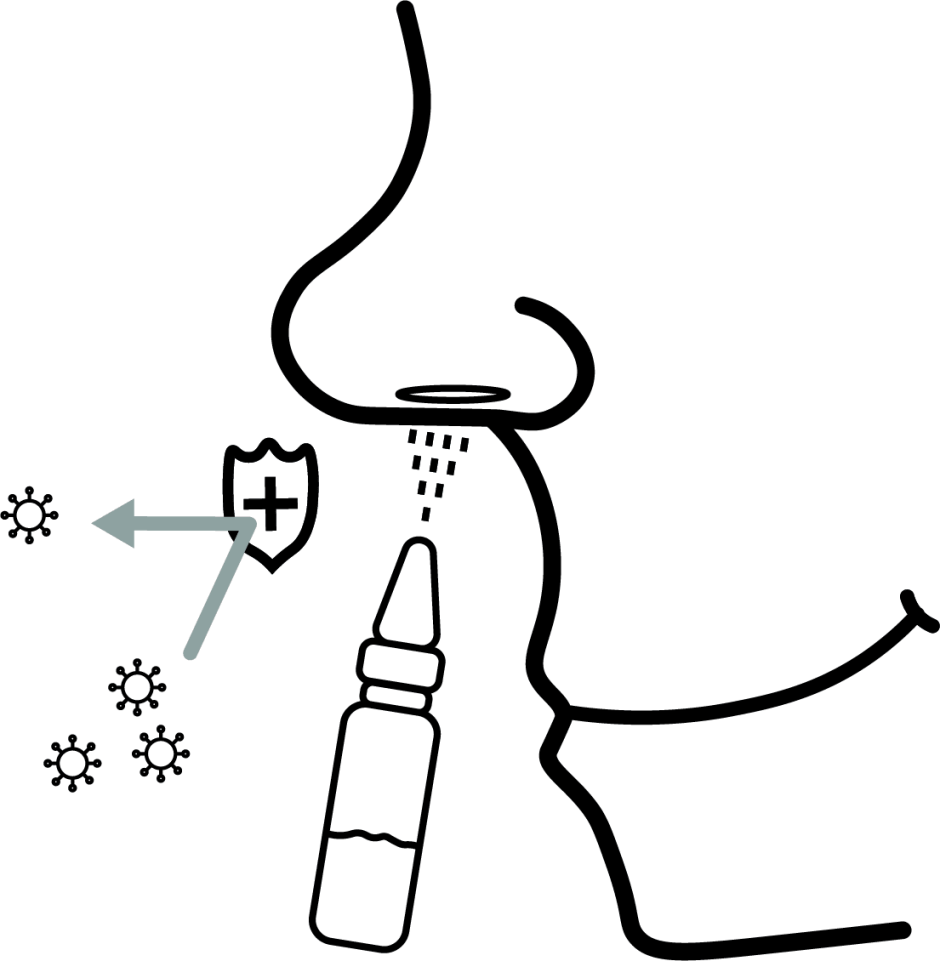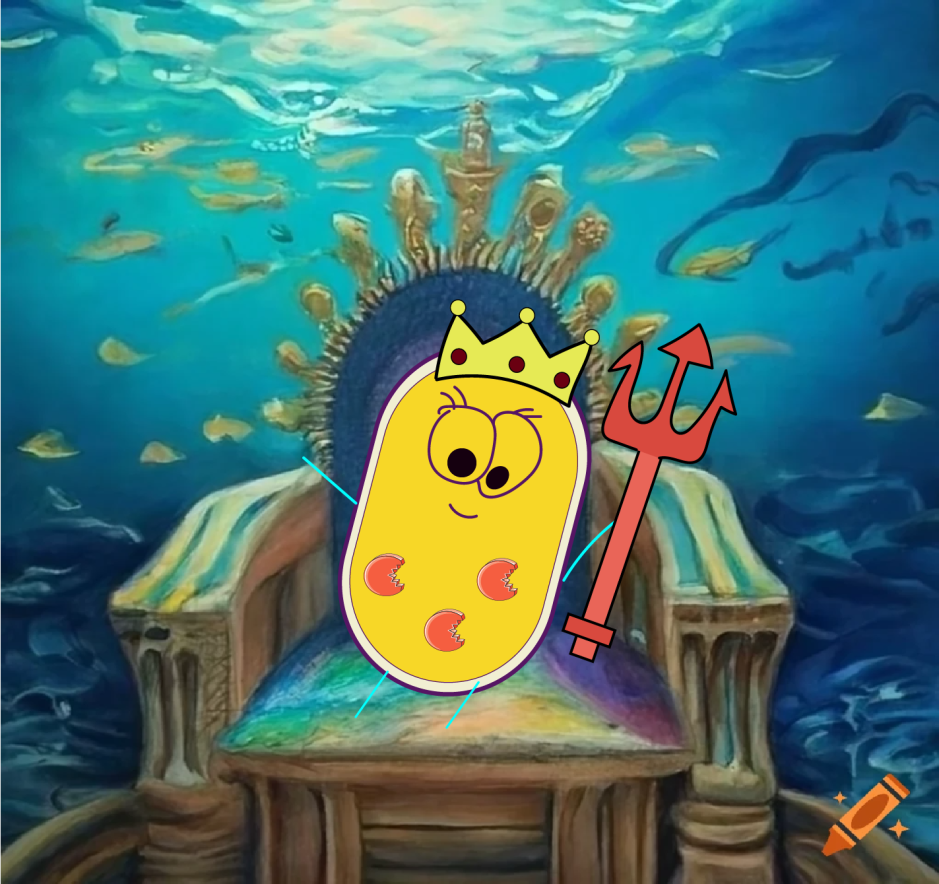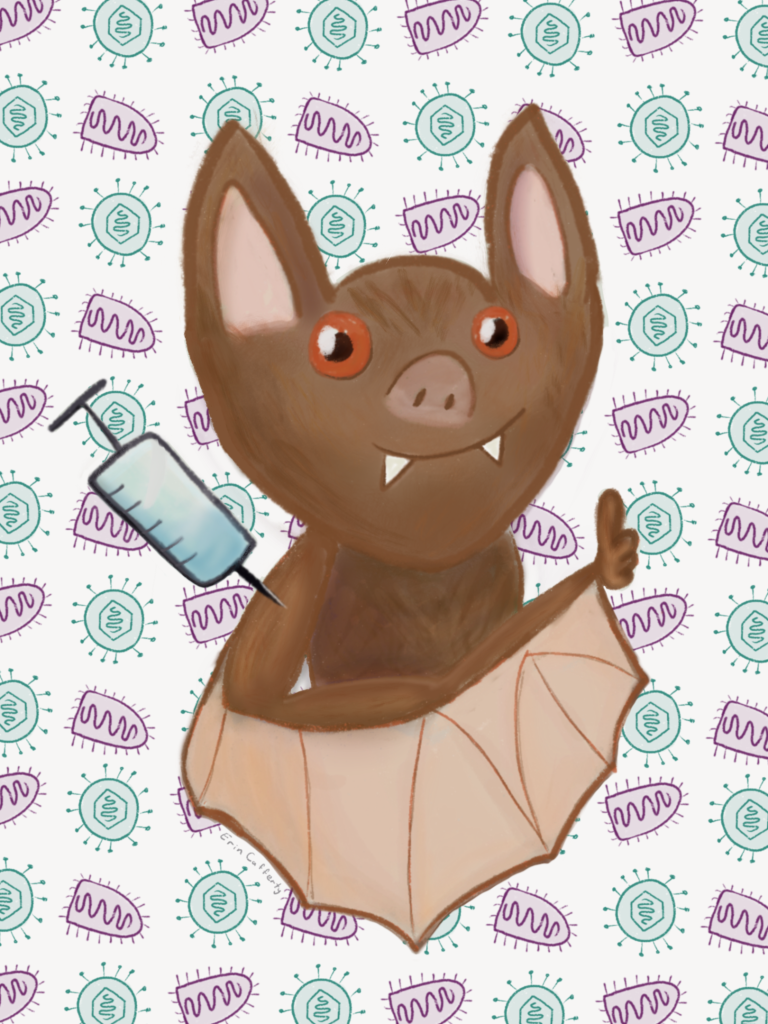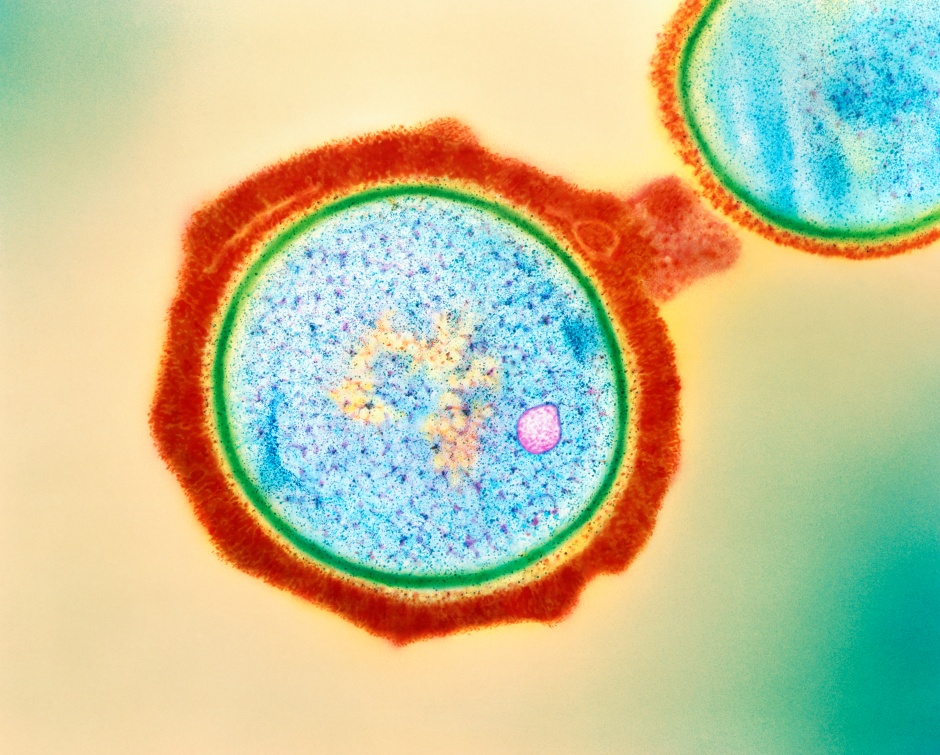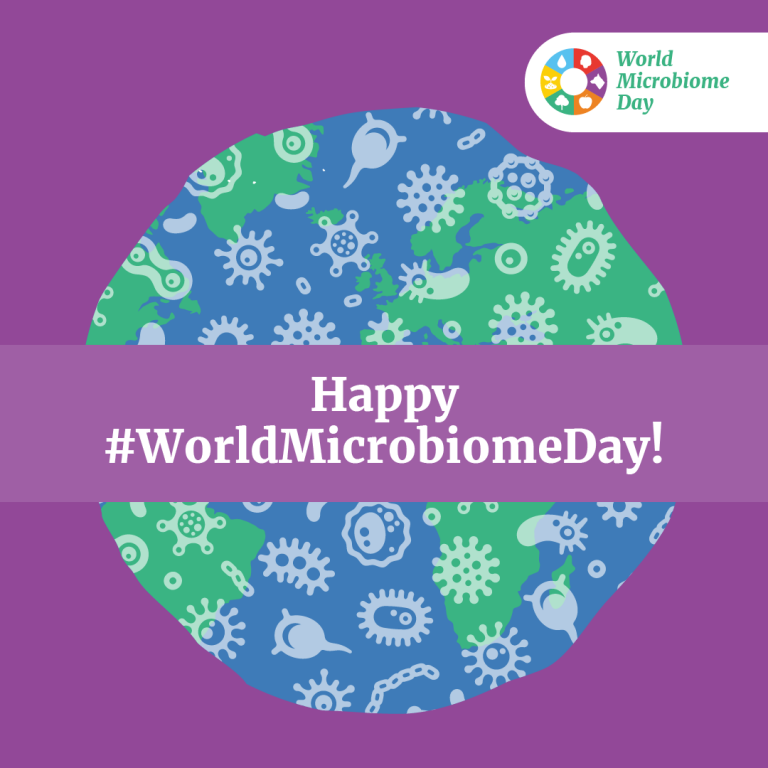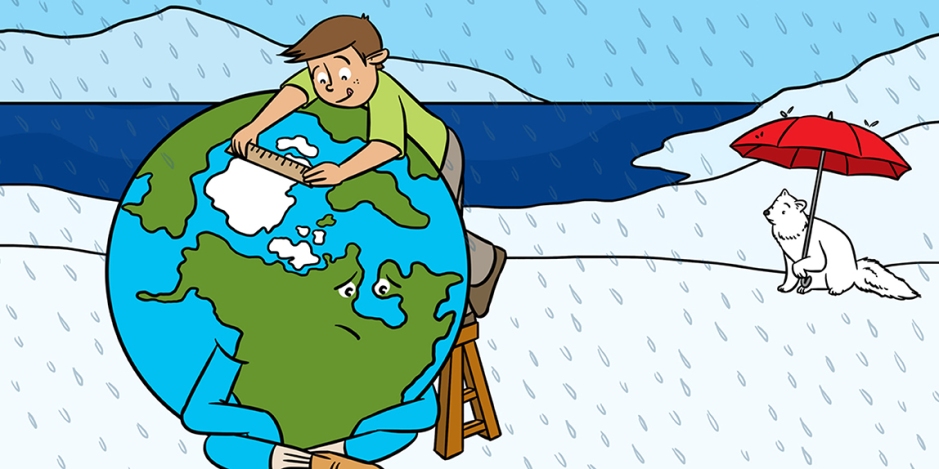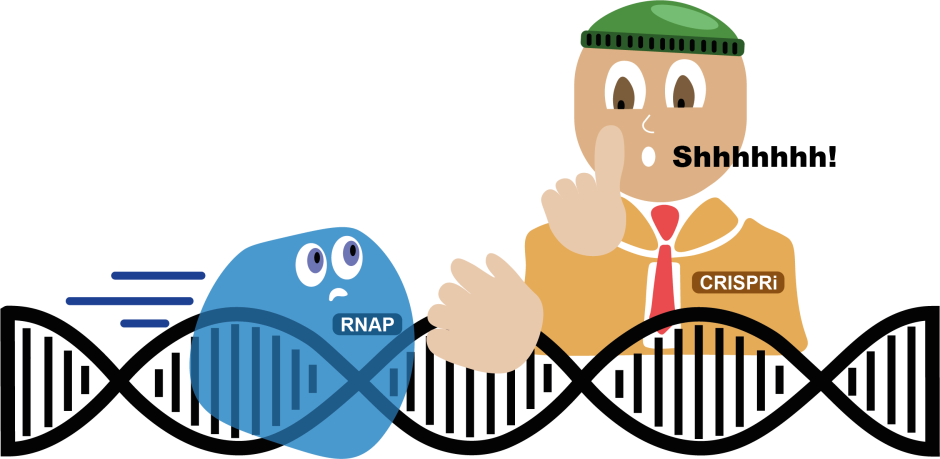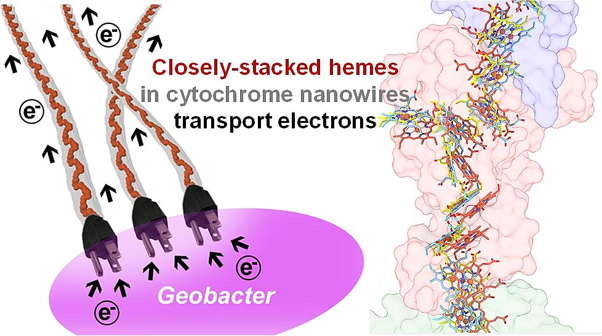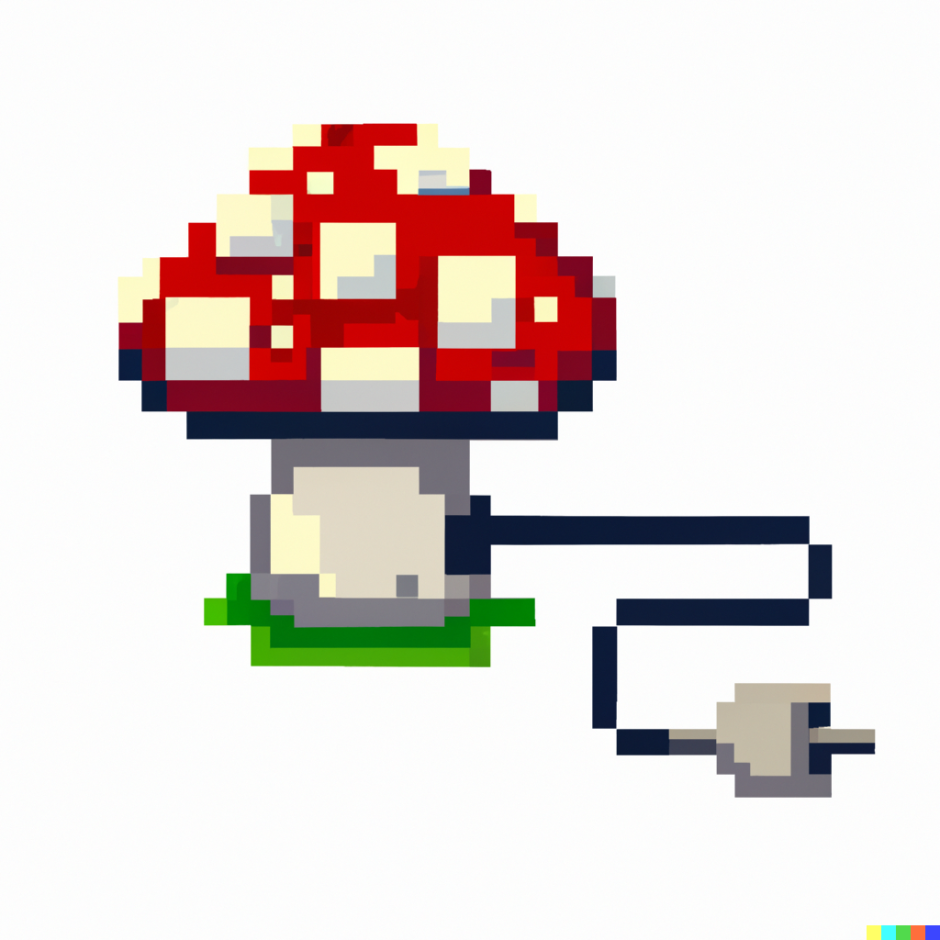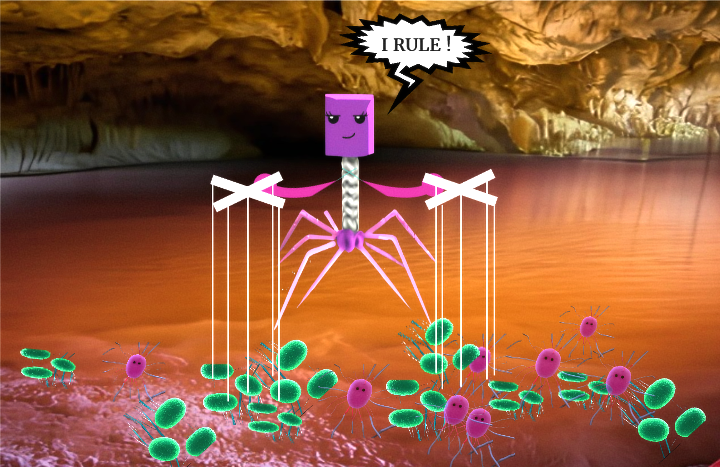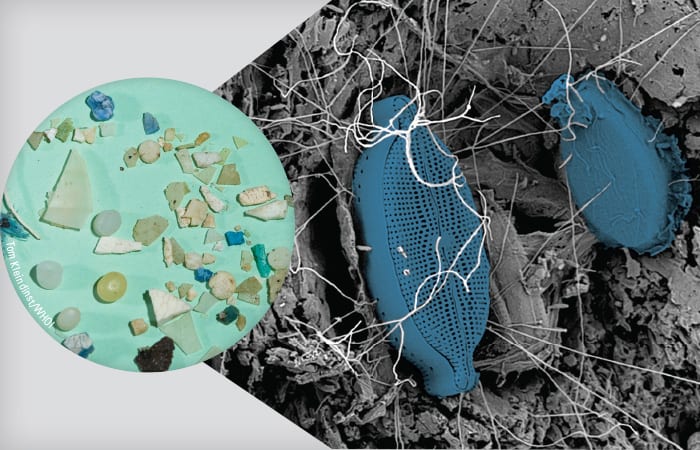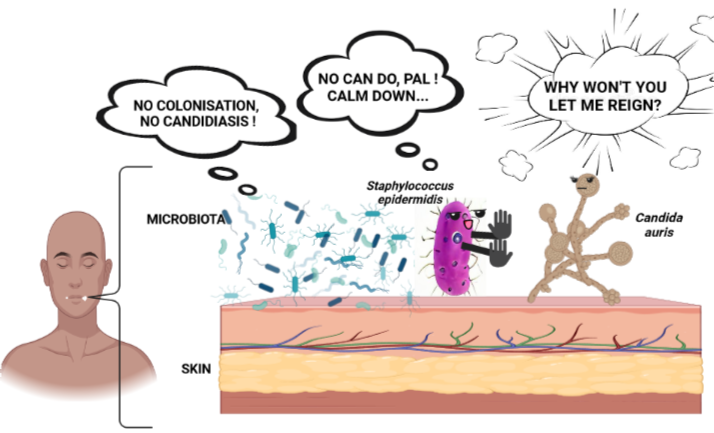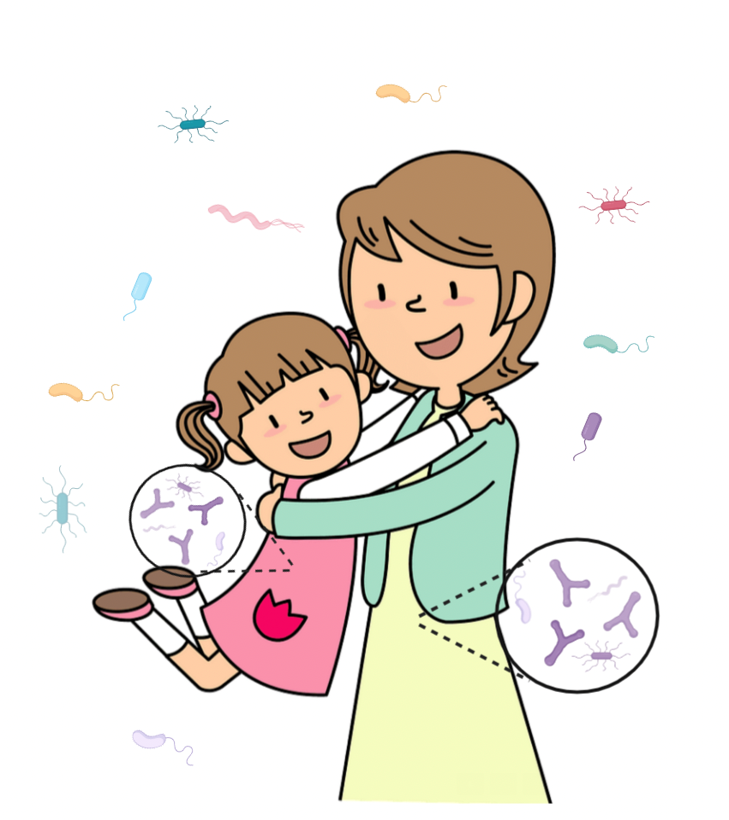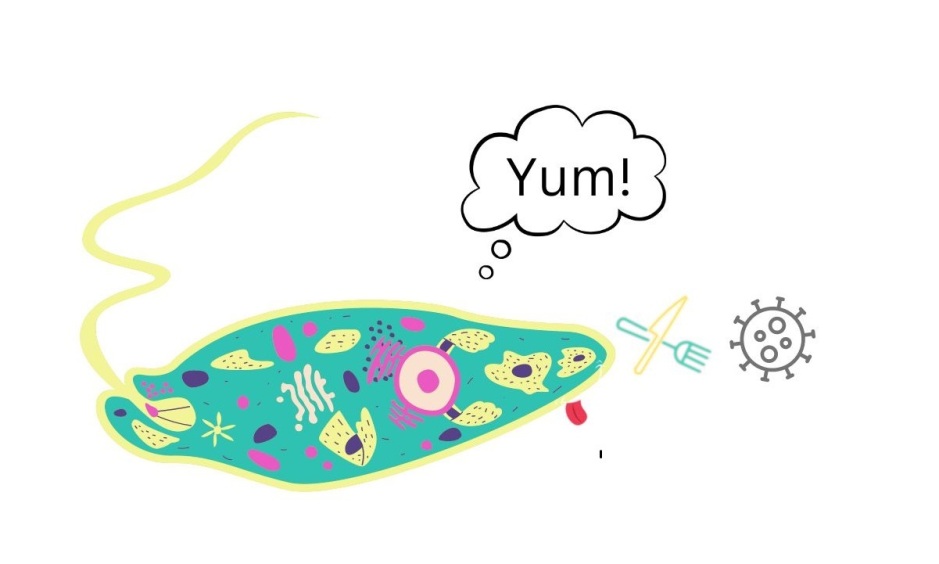
Breaking down the microbiology world one bite at a time
How Desert Fungi Could Help Grow Astronauts’ Salads
What will it take for humans to go forth towards what Star Trek so famously proclaimed to be the “final frontier”?
There may be as many answers (and offshoot-questions) to that as there are stars in the Milky Way (~100-400 billion) or perhaps bacterial cells in the human body (~38 trillion). Assuming rocket scientists manage to figure out how to transport humans safely from point A (Earth) to point B (anywhere else), there arises the equally crucial question of how to keep astronauts alive along the way. Astronauts need to eat, and the question of what they will consume is, for many scientists, itself an all-consuming question.
Space nutrition: a short introduction
The field of space nutrition has come a long way since John Glenn’s 1962 dinner of applesauce and sugar tablets. We now know a lot about how space’s microgravity environment impacts the human body – for example, bone and muscle weakening and altered mineral composition, hormone balance shifts, and changed iron and calcium metabolism. We also now understand that cellular processes are affected by microgravity and space radiation, which can cause highly reactive molecules called “reactive oxygen species” (ROS) to accumulate and lead to “oxidative stress,” which over time can put astronauts at risk of chronic inflammation, cancer, and degenerative diseases.
Space nutrition and space farming research aims to develop foods for long-term spaceflight that mitigate space’s effects on the body, while also addressing astronauts’ energy, nutrition, and psychological needs. The known positive psychosocial influence of eating and cultivating food of varied taste and texture has long been kept central in space nutrition studies. Development of nutritious crops that can thrive amid harsh spacecraft environments is an ongoing priority for scientists with eyes on the star-scattered skies – and to achieve that goal, some of them are turning those eyes to the ground.
What in the world could help us off this world?
Chilé’s Atacama Desert (Figure 1) is the driest, most UV-irradiated place on Earth, and for this reason, the region is considered a Mars-analogous ecosystem. Darwin himself called it “a barrier far worse than the turbulent ocean” (1), and renowned geographer Preston James remarked in 1927 that “the most striking fact” about the desert was “the scarcity of vegetation and its complete absence over large areas.” Scientists interested in space-based agriculture reason that if they can figure out how some plants survive in extreme environments on Earth, that might help determine how best to grow plants that thrive in space. So – what does grow in the Atacama Desert, and what contributes to this survival?

Plants thrive by achieving a cooperative balance with the surrounding ecosystem. Endophytes are microbial organisms – either bacteria or fungi – that live within plants without causing disease or harm, often increasing hosts’ biomass, nutrient uptake, and resilience against stressors. In a recent research report published in Frontiers in Plant Science, Molina-Montenegro et al. identified fungal endophytes inhabiting the root systems of grass tufts in the Atacama Desert, then studied how inoculation with these endophytes would impact survival and nutritional quality of three selected crops grown under simulated exoplanetary conditions.
Endophyte isolation and experiment preparation:
First, researchers ventured into the unforgiving desert and collected fifty tufts of the desert grass Distichlis spicata, plus their root systems. This species was selected because it can survive while facing numerous environmental stressors simultaneously. Back in the lab, roots were isolated and fragmented. Root fragments were then placed on Petri dishes containing a bed of potato dextrose agar – a medium made to support fungi growth – which contained the antibiotic chloramphenicol to prevent bacterial growth, allowing researchers to selectively isolate fungi from the root fragments. After up to 30 days, tiny fungal colonies on the Petri dishes – each representative of a different fungal species or strain – could be isolated for further study.
To identify the fungal colonies, authors amplified their DNA, then isolated and compared their sequences to DNA sequences of known fungal species in a global database. Two species dominated: Penicillium fuscuglaucum and Penicillium glabrum, which had 63% and 26% frequencies of occurrence, respectively. Equal concentrations of P. fuscuglaucum and P. glabrum spores in water were used to create the “endophyte-positive,” or E+, inoculum treatment for crops in later experiments.
Lettuce (Lactuca sativa), spinach (Spinacia oleracea), and chard (Beta vulgaris, var cicla) were grown from seed in a mixture of native soil, sand, and peat. Importantly, the mix was autoclaved (decontaminated with super-heated steam) prior to planting the seedlings, which ensured that the only microorganisms able to grow with the seedlings during experiments were those that researchers intentionally provided in the endophyte inoculum.
Experimental setup and results:
The practice of growing crops in polyculture has long been shown capable of improving crop yield, nutritional value, and stability, and has notably been utilized by indigenous peoples in the Americas and worldwide for centuries. Recognizing that the impacts of combining polyculture growth practices with tools like endophyte supplementation had rarely been investigated in the space-farming context, researchers incorporated polyculture as a variable in their experiments.
Exoplanetary conditions in the growth chambers meant a combination of cold temperatures (2 C), high UV radiation, low water availability, and low-oxygen atmosphere. Lettuce, spinach, and chard seedlings were grown either in monoculture (alone), dual culture (paired with seedlings of one of the other salad greens species), or polyculture (together with both other plant species) with either the endophyte inoculum or a water-only control. After 30 days, researchers measured biomass, nutrient and vitamin content, and antioxidant compound production.
For all crops, E+ plants grown in dual culture had significantly higher survival rates than E- plants (+ water control), and for lettuce and chard, all E+ plants survived more than their E- counterparts, regardless of culture type. For all three crops, endophyte treatment significantly increased biomass, with endophyte treatment combined with polyculture cultivation conferring the greatest biomass advantage. Overall, the E+ plants had increased nutrients compared to E- plants: E+ samples of all species had increased vitamin C, proteins, phosphorus, magnesium, and iron compared to E- plants. Total levels of antioxidant compounds of E+ and E- lettuce, spinach, and chard monoculture samples were also measured, and found to be higher in all endophyte-supplemented plants.
Takeaways:
What crops will fill astronauts’ lunar-exploration lunchboxes? What fare will be grown on the first Martian colony farm? While several other studies have previously demonstrated endophytes’ role in conferring various separate forms of stress resilience to their host plants, this is the first study to examine how endophytes adapted to extreme environments can confer plant benefits under a combined set of “exoplanetary-like” conditions. Future innovative research like this, exploring how to cultivate space-ready crops capable of sustaining the space-farers of tomorrow, will be essential stepping stones on humanity’s stairway to the heavens.
Link to the original post: Molina-Montenegro, M. A., Escobedo, V. M., & Atala, C. (2023). Inoculation with extreme endophytes improves performance and nutritional quality in crop species grown under exoplanetary conditions. Frontiers in Plant Science, 14.
Additional references:
- Darwin, C. (1845). The Voyage of the Beage. Excerpts from Charles Darwin, Journal of Researches into the Natural History and Geology of the Countries Visited during the Voyage of the HMS Beagle Round the World: Under the Command of Capt. Patagonia: Fitz Roy.
Featured image: https://commons.wikimedia.org/wiki/File:Atacama_Desert_%2813340986003%29.jpg

